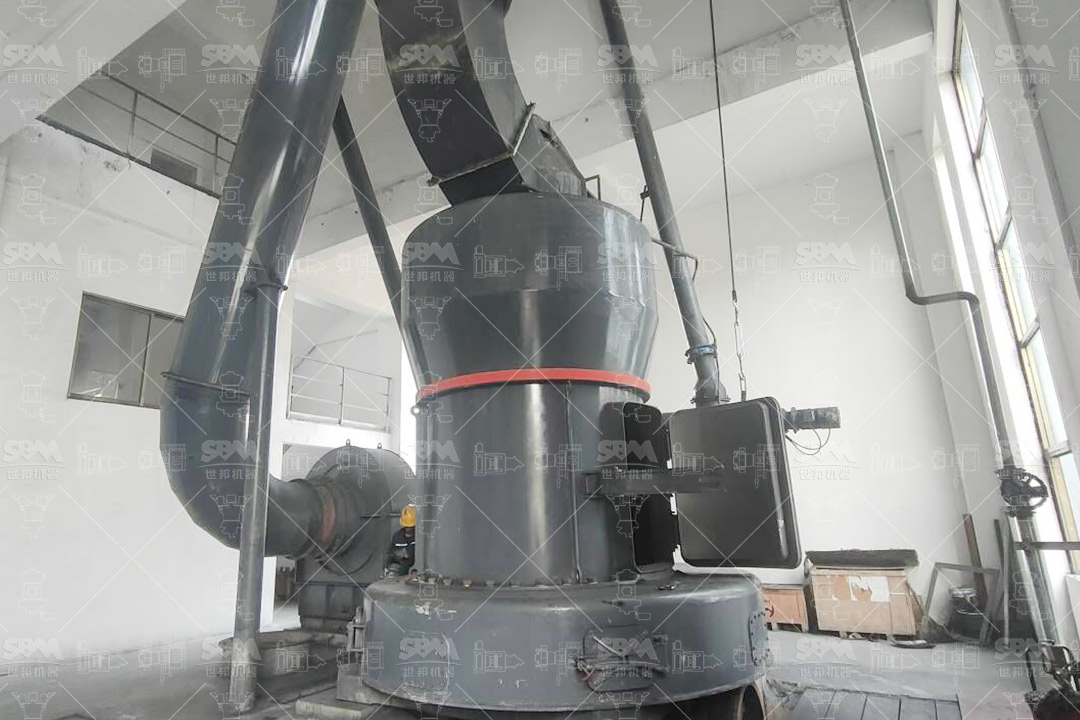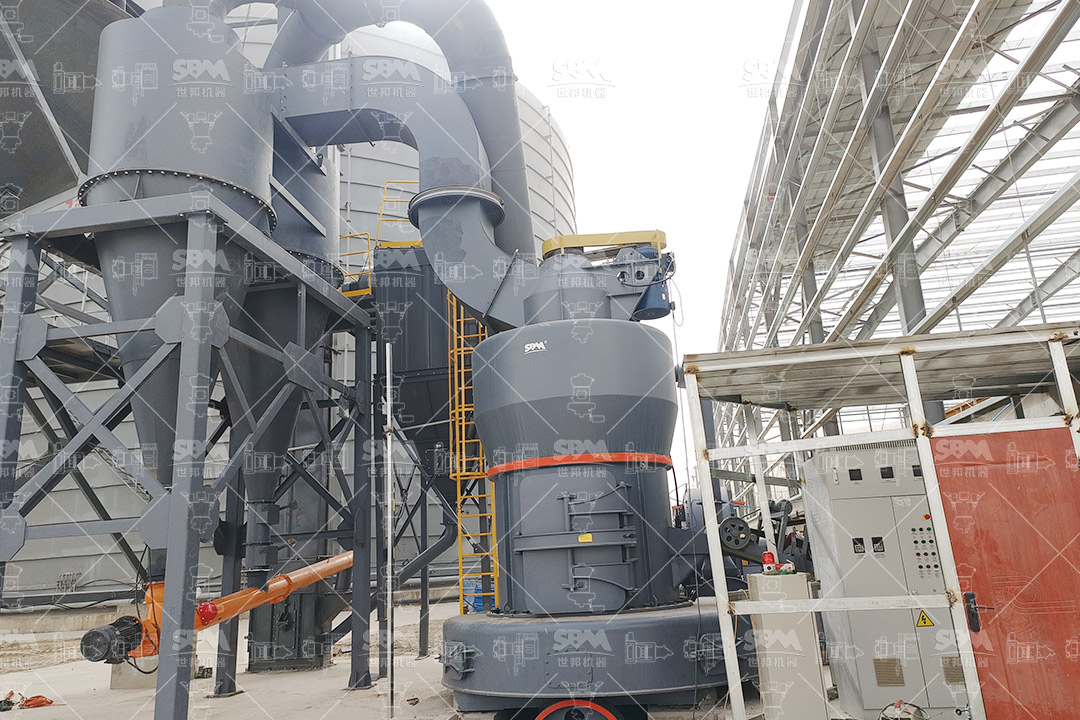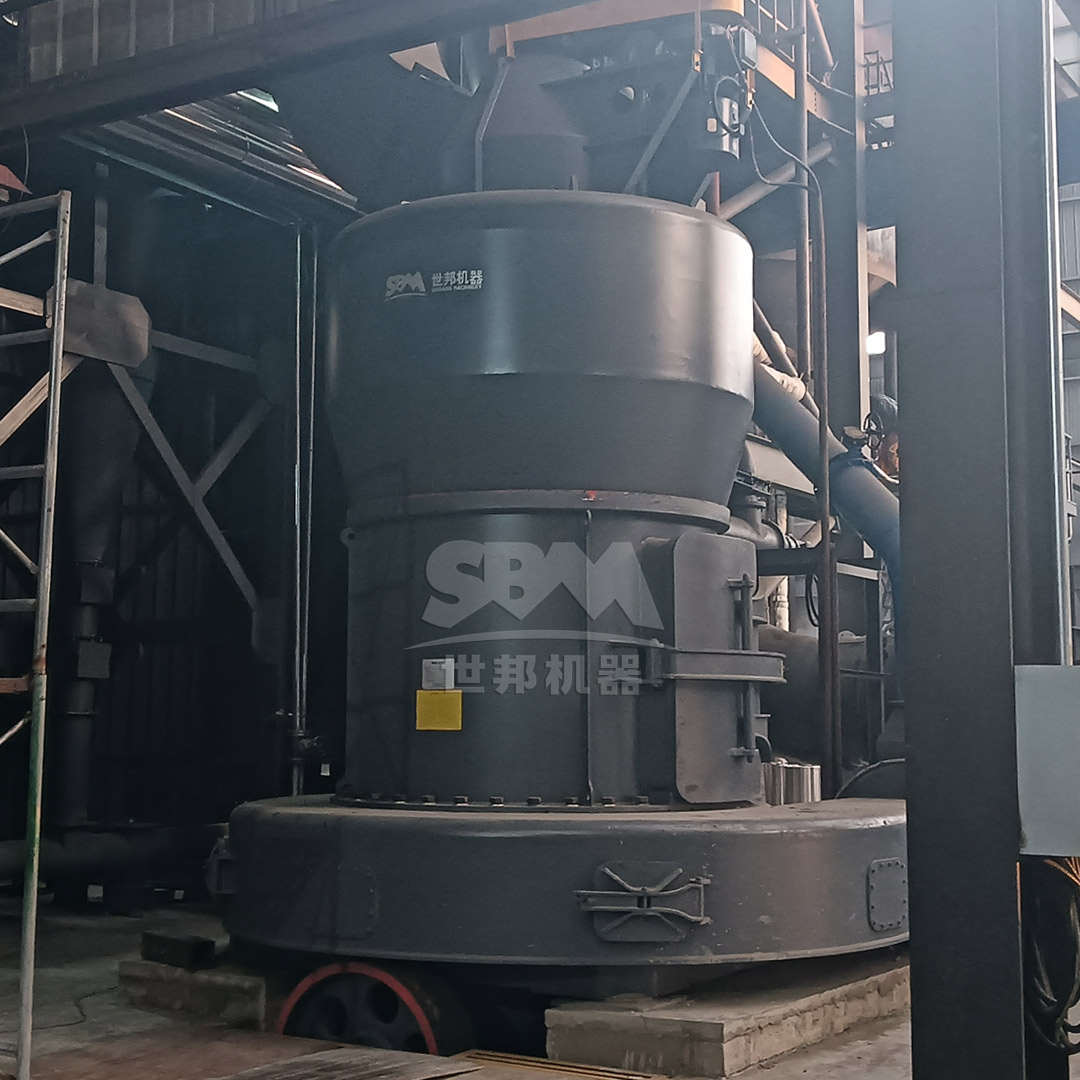Carbon black grinding represents one of the most demanding applications in industrial powder processing. Achieving optimal particle size distribution, maintaining product purity, and ensuring cost-effective operation requires careful consideration of multiple technical factors. This article explores the critical design elements that contribute to efficient carbon black grinding systems and highlights advanced technological solutions for maximizing output while minimizing operational costs.

Carbon black possesses unique physical and chemical properties that present specific challenges for grinding operations. With primary particle sizes typically ranging from 10 to 500 nanometers and aggregate structures forming complex three-dimensional networks, the material requires specialized milling approaches. The high surface area (20-1500 m²/g) and oil absorption characteristics demand precise control over grinding parameters to prevent excessive heat generation and maintain product quality.
The choice between impact, compression, attrition, and shear-based grinding mechanisms significantly influences final product characteristics. For carbon black applications, combined compression and shear forces typically deliver the most favorable results, providing controlled particle size reduction while minimizing heat generation.
| Grinding Mechanism | Advantages for Carbon Black | Limitations |
|---|---|---|
| Compression Grinding | Controlled size reduction, low heat generation | Higher energy consumption for fine particles |
| Impact Grinding | Rapid processing, good for aggregates | Potential for overgrinding |
| Attrition Grinding | Excellent for ultra-fine applications | Higher wear rates |
| Shear Grinding | Precise control, minimal contamination | Limited capacity for coarse feed |
Effective classification represents one of the most critical aspects of carbon black grinding systems. The ability to precisely separate particles according to size ensures consistent product quality and prevents energy waste from overgrinding. Advanced classification technologies, particularly dynamic air classifiers with vertical turbine designs, have demonstrated superior performance in carbon black applications.
Carbon black’s thermal sensitivity necessitates sophisticated temperature control systems. Excessive heat can alter surface chemistry, promote oxidation, and cause product degradation. Modern grinding systems incorporate multiple cooling strategies, including:

For applications requiring particle sizes below 5μm, specialized ultrafine grinding equipment delivers exceptional performance. The SCM Series Ultrafine Mill represents a technological breakthrough in this category, specifically engineered for demanding materials like carbon black. With output fineness ranging from 325 to 2500 mesh (D97 ≤ 5μm) and processing capacity from 0.5 to 25 tons per hour, this system combines high efficiency with remarkable energy savings.
The SCM Ultrafine Mill’s vertical turbine classifier enables precise particle size control, eliminating coarse powder contamination while maintaining narrow size distribution. Its unique grinding chamber design, featuring special material rollers and grinding rings, extends component life significantly while ensuring stable operation. For carbon black producers targeting the high-value specialty markets, this technology provides the necessary precision and reliability.
For large-scale carbon black production, the MTW Series Trapezium Mill offers an optimal balance of capacity, efficiency, and operational economy. With processing capabilities reaching 45 tons per hour and output fineness adjustable from 30 to 325 mesh, this system handles the full spectrum of carbon black grades. The curved air channel design minimizes energy loss while the combined blade system reduces maintenance requirements.
The MTW Series incorporates several patented technologies specifically beneficial for carbon black processing, including an internal oil lubrication system that ensures consistent performance even under continuous operation. The integrated pulse dust collection system exceeds international environmental standards, addressing the challenging dust control requirements inherent to carbon black manufacturing.
| Technology Feature | SCM Ultrafine Mill | MTW Trapezium Mill |
|---|---|---|
| Output Fineness | 325-2500 mesh (D97 ≤ 5μm) | 30-325 mesh (0.038mm) |
| Processing Capacity | 0.5-25 TPH | 3-45 TPH |
| Energy Efficiency | 30% reduction vs. jet mills | Optimized transmission (98% efficiency) |
| Noise Level | ≤75 dB | Comprehensive damping system |
| Key Applications | Specialty carbon blacks, conductive grades | Reinforcement carbon blacks, pigment grades |
Modern carbon black grinding facilities benefit significantly from integrated control systems that optimize multiple parameters simultaneously. Advanced PLC-based automation enables real-time adjustment of grinding pressure, classifier speed, feed rate, and temperature based on continuous product quality monitoring. This approach not only maximizes throughput but also ensures consistent product quality while reducing operator intervention.
The abrasive nature of carbon black necessitates proactive wear management. Implementing comprehensive monitoring of critical components, including grinding elements, classifier blades, and conveying systems, allows for predictive maintenance scheduling. The use of specialized wear-resistant materials, such as the high-chromium alloys employed in SCM series mills, can extend component life by 300-400% compared to conventional materials.

Energy consumption represents a significant portion of carbon black production costs. Modern grinding systems incorporate multiple energy-saving features, including high-efficiency motors, optimized airflow designs, and heat recovery systems. The SCM Ultrafine Mill’s demonstrated 30% energy reduction compared to conventional jet mills provides substantial operational cost savings while maintaining superior product quality.
Carbon black grinding operations must address stringent environmental regulations concerning dust emissions and workplace safety. Advanced collection systems, incorporating pulse-jet baghouse filters with efficiency exceeding 99.9%, effectively control particulate emissions. Integrated noise reduction technologies, including acoustic enclosures and vibration damping systems, ensure compliance with workplace noise standards while improving operator comfort.
The evolution of carbon black grinding technology continues to focus on precision, efficiency, and sustainability. Emerging trends include the integration of artificial intelligence for predictive optimization, development of novel classification technologies for even tighter particle size distributions, and advanced materials for extended equipment longevity. The ongoing refinement of systems like the SCM and MTW series demonstrates the industry’s commitment to continuous improvement in carbon black processing capabilities.
Optimizing carbon black grinding operations requires a comprehensive approach that addresses material characteristics, equipment selection, and process control. The advanced technologies represented by the SCM Series Ultrafine Mill and MTW Series Trapezium Mill provide carbon black producers with powerful tools for achieving maximum output while maintaining product quality and operational efficiency. By leveraging these sophisticated grinding solutions and implementing the optimization strategies discussed, manufacturers can significantly enhance their competitive position in the global carbon black market.